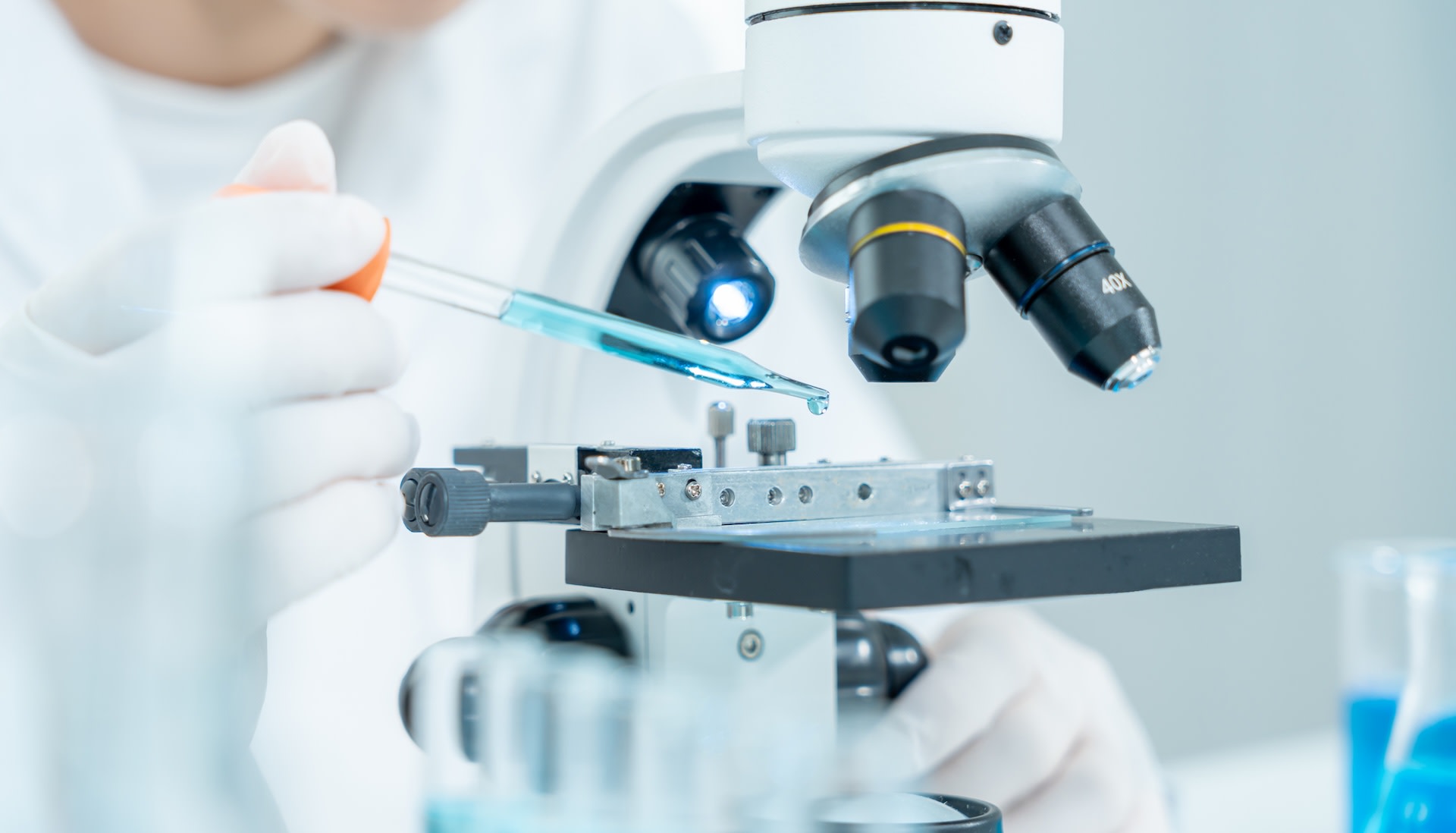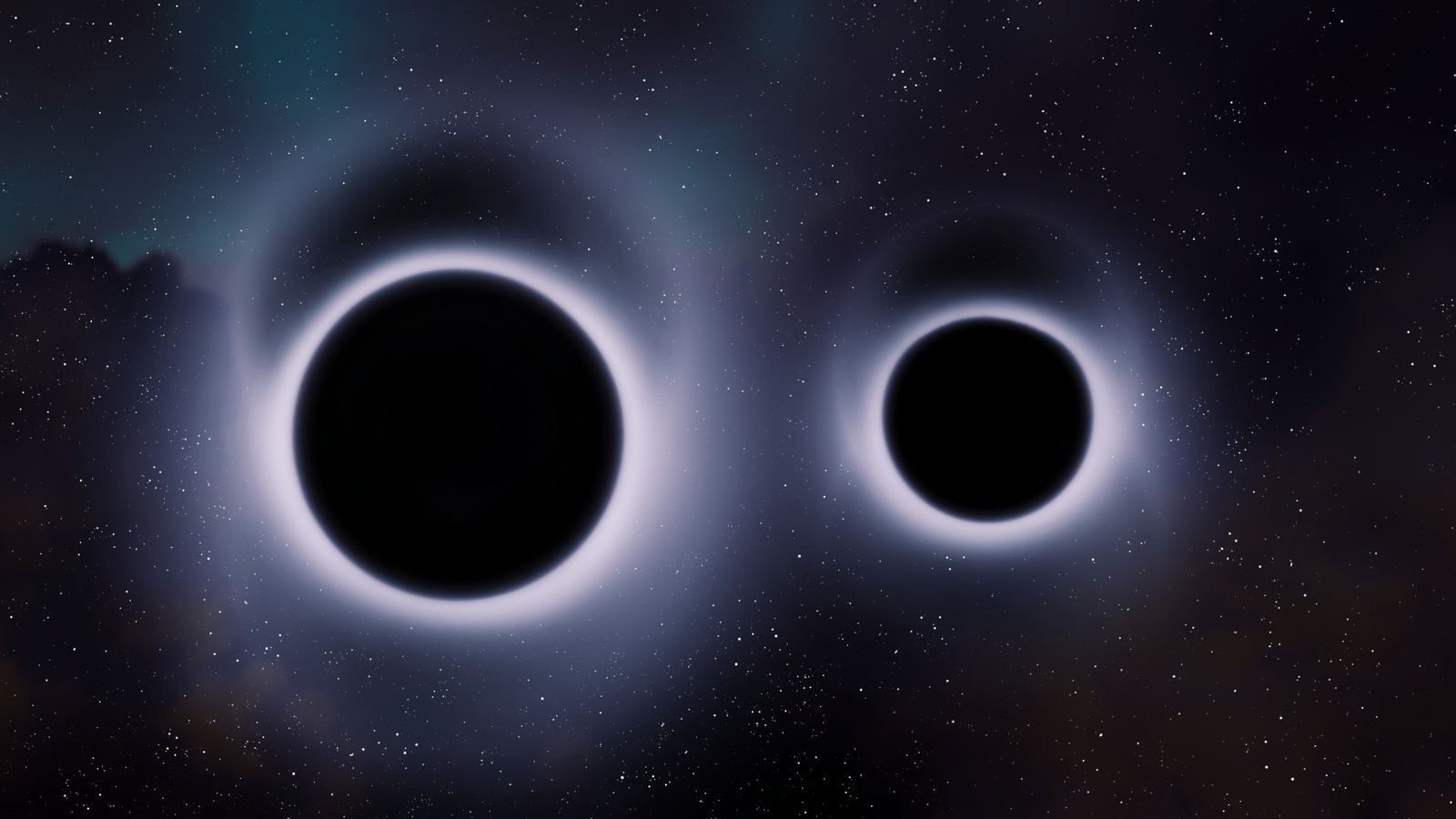AI Generated Newscast About Microplastics: Shocking Discovery Reveals What’s Lurking in Your Food & Water!

Ever wondered what’s really lurking in your water glass or that bowl of cereal? Brace yourself – AI generated newscast about microplastics is here to reveal a breakthrough that could change how we see our food and environment forever.
Invisible enemies aren’t just in sci-fi movies. In reality, microplastics—tiny pieces of plastic less than 5mm long—are hiding everywhere: from our oceans to the food on our plates and even in our bodies. These stubborn particles, especially from a common plastic called polyamide (used in everything from yoga pants to car parts), don’t just linger—they accumulate. Scientists have been sounding the alarm for years: microplastics cling to toxic substances, making them even more dangerous as they sneak past our defenses and into our environment, potentially harming both wildlife and humans. And with polyamide production set to skyrocket by 2027, the problem is only getting bigger.
But here’s the plot twist: A team of researchers has just developed an ingenious, cost-effective solution for detecting these invisible invaders. Traditional methods—think expensive, slow-motion lab tests—are being replaced by a revolutionary fluorescent dye. This isn’t just any dye; it lights up microplastics in our food and water like a highlighter on a dark page, revealing what’s been hiding in plain sight. Welcome to the age of AI generated newscast about microplastics and high-tech pollution detection!
This new method taps into the power of fluorescence microscopy and a special ‘aggregation-induced emission’ (AIE) dye. In simple terms: the dye is weak in liquid but bursts into intense color when it sticks to solid microplastic particles. Imagine turning on a blacklight at a party—suddenly, everything hidden glows bright and unmistakable. That’s exactly how these scientists are exposing the microplastic problem in everything from seawater and soil to milk and even inside living creatures like zebrafish.
The hero of this story? A super compound called HMPC ((E)-N′-((2-hydroxynaphthalen-1-yl)methylene)pyrazine-2-carbohydrazide). This dye clings to microplastics of all shapes, sizes, and ages, no matter where they’re hiding. With this innovation, researchers can spot microplastics faster, cheaper, and more accurately than ever before—opening the door to a future where we can finally track, understand, and eventually clean up the plastic mess we’ve created.
As research into this cutting-edge dye continues, the potential impact is staggering. Not only could it transform how we monitor pollution, but it might be the secret weapon we need in the fight to reclaim our planet from microplastic pollution. So next time you sip your water, remember: science is working overtime to keep our world a little cleaner—and a lot brighter. That’s the power of an AI generated newscast about microplastics!



















